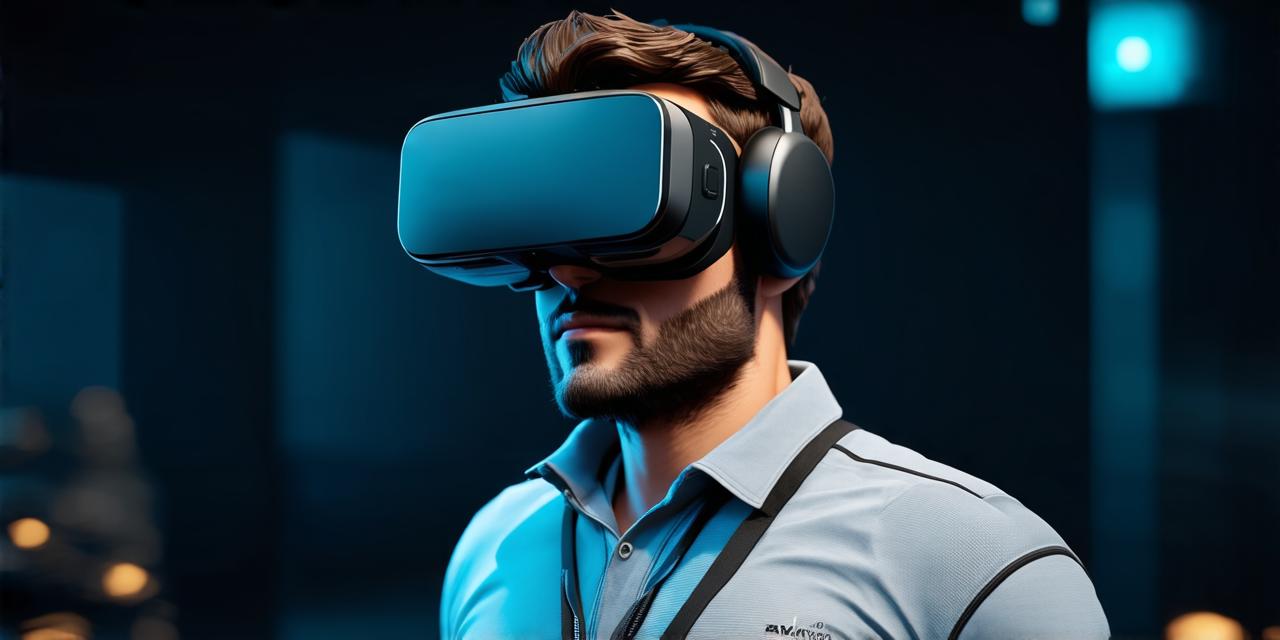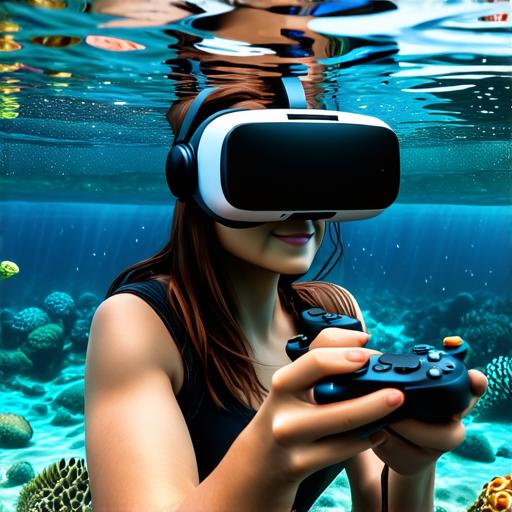
What does experiencing virtual reality feel like?
What Does Experiencing Virtual Reality Feel Like? A Comprehensive Guide for Virtual Reality Developers
Virtual reality (VR) technology has been around for several decades, but it’s only in the last few years that VR has really taken off. With advancements in hardware and software, VR is becoming more accessible to consumers and professionals alike.
But what does experiencing virtual reality feel like? As a virtual reality developer, you may be curious about the sensations and emotions that your users are feeling while they interact with your creations. In this article, we’ll explore the subjective experience of VR, drawing on case studies, personal experiences, and research to give you a better understanding of what your users might be going through.
Understanding the Sensory Experience of VR
Virtual reality is designed to simulate a three-dimensional environment that surrounds the user. This immersive experience is made possible by a combination of sensors, displays, and motion tracking systems that work together to create a seamless illusion of presence. The key to understanding what it feels like to experience virtual reality lies in the sensory experience it provides.
Sight
One of the most important aspects of VR is its ability to simulate visual experiences with incredible realism. High-resolution displays and advanced rendering techniques create a highly immersive environment that can be customized to suit your user’s preferences. By adjusting things like lighting, color temperature, and resolution, you can create a visual experience that feels as close to reality as possible.
Sound
Another important aspect of VR is its ability to simulate sound in a way that enhances the overall experience. With high-fidelity audio systems and spatial audio techniques, you can create an environment that feels truly immersive. Whether it’s the rustle of leaves in a forest or the roar of a dragon in a fantasy world, sound plays a crucial role in creating a believable VR experience.
Touch
While VR is still limited by its ability to simulate touch, recent advancements in haptic technology have made it possible to add a new dimension to the VR experience. Haptic feedback systems can provide tactile sensations that make users feel like they’re really touching objects in the virtual world. From the vibration of a sword to the sensation of water droplets on your skin, haptic technology is opening up new possibilities for VR developers.
Motion
Finally, one of the most important aspects of VR is its ability to simulate movement. With motion tracking systems and advanced algorithms, VR can track the user’s movements in real-time and adjust the environment accordingly. Whether it’s walking through a virtual forest or flying over a medieval castle, motion plays a crucial role in creating a truly immersive experience.

Case Studies: Real-World Examples of VR in Action
To get a better understanding of what it feels like to experience virtual reality, let’s look at some real-world examples of how VR is being used in various industries.
Medical Training
In the field of medicine, VR is being used to train doctors and medical students in a variety of scenarios. For example, surgeons can use VR to practice complex procedures with minimal risk to patients, while medical students can learn about human anatomy by exploring virtual models of the body. By providing a safe and controlled environment for training, VR has the potential to revolutionize medical education.
Military Training
Similarly, VR is being used in military training to simulate real-world scenarios with incredible accuracy.


